5 Unfamiliar Superfoods You’ve Never Heard Of
Although, you may have heard of some of these unfamiliar superfoods, and perhaps even taste-tested some, too; still, chances are you haven’t been exposed to them to the extent you have the super foods that constantly receive all the attention.
While some are so exotic you may have to look outside of the continental U.S. to get your hands on these super foods, others are popping up in an increasing number of specialty markets and even on restaurant menus, depending on which region of the country you live or visit.
Either way, here are 5 unfamiliar superfoods to consider adding to your grocery cart, food experiment list, and biting into. As with any legitimate super food, each of the following is both nutritious and delicious.
1. Jackfruit 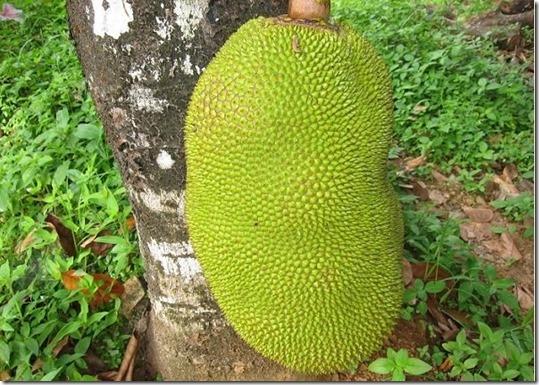
Not only was this fiber-licious fruit one of the hottest plant-based health foods of 2013, the popularity of this Southeast Asian wonder fruit is expected to keep growing. The beauty of jackfruit is that, much like tempeh or seitan, it can serve as a meat-substitute that offers a welcoming texture and can take on the form of many desired dishes.
This super fruit is packed with vitamins, minerals, and phytonutrients. Although available in Asian markets in canned form, if you go on a hunt for the whole fruit in its native lands fresh off the tree, just be sure to use two hands. Along with having a sticky exterior, the jackfruit is known to weigh up to 80 pounds. After all, it’s the largest tree-borne fruit in the world.
2. Za’atar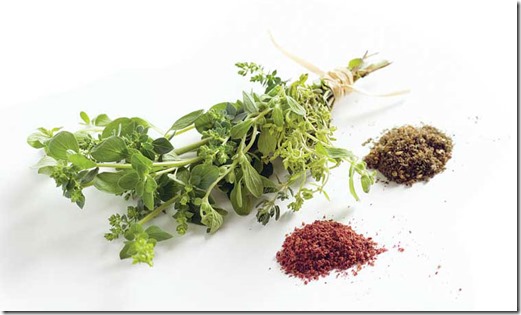
Whether you are sprinkling it on flatbread or marinating your tofu in it, this Middle Eastern spice blend has been receiving quite a bit of steady praise. Although the blend is said to vary from country to country, the mixture brings together sumac seeds, thyme, salt, and sesame seeds. In addition to the blend being antioxidant rich, both sumac berries and thyme have been linked to decreased incidences of food borne illness. According to this article on NPR’s The Salt, Za’atar is “A Spice Mix With Biblical Roots and Brain Food Reputation.”
Perhaps the best part about za’atar is that you can make your own by combining the above defined ingredients. If you’re like me and routinely turn to turmeric for its zesty flavor, bright appeal, and anti-inflammatory properties, this may offer a new super spice (mix) to bring into your kitchen.
3. Teff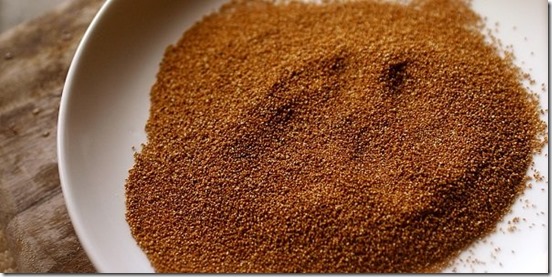
If there’s one seed that’s become more talked up over time, it’s teff. Inching up alongside quinoa to take the lead as chief super grain (at least according to The Guardian), despite their teeny tiny size, teff seeds are high in calcium, iron, protein, and amino acids, plus vitamin C.
Teff is a resistant starch which studies have shown may aid in the prevention of conditions like IBS, and the formation of colorectal cancer. Despite teff’s growing attention, similar socioeconomic risks follow those associated with quinoa, meaning careful planning must be done so a teff boom doesn’t come at the expense of its native country, Ethiopia.
Along with teff seeds, you can purchase teff flour which is a great substitute for muffins, pancakes, and more. Try these Gluten-Free Goji Muffins baked with teff flour for a double dose of super foods. Thanks to Bob’s Red Mill, teff flour and whole grain teff seeds are becoming more widely available. They’ve even been kind enough to demonstrate how to cook whole grain teff. If you are already a quinoa master, you’ll find it to be virtually the same process.
4. Kohlrabi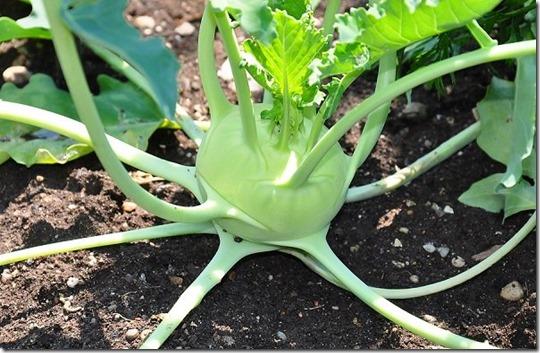
Although The Guardian has referred to this vegetable as an alien sputnik, an article titled, “Why Kohlrabi is good for you” showcases the great many benefits of this super food.
Related to the wild cabbage, this german turnip (or turnip cabbage as it’s been called) has been listed in the top 150 healthiest foods on earth, and happens to be even richer in vitamin C than an orange. Plus, it contains disease preventing phytochemicals.
Not only can you munch kohlrabi in its entire whole form (just as you do an apple), kohlrabi also works itself into recipes quite easily in chopped form, even sushi. When on the hunt for kohlrabi, check your organic vegetable market stalls first, followed by Asian food shops.
5. Nopales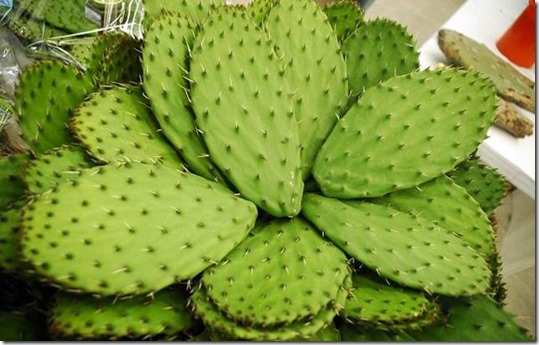
These delicious veggies are sourced from a plant you’d probably never think about biting into, cactus. After carefully removing and peeling off the spines, you are left with nothing but juicy flesh.
Nopales is a popular vegetable in Mexico (and Texas, or so I have found), and because it is so fleshy, it can make for a great veg-friendly taco.
Now that we’ve gotten past the point that it’s delicious, on the health side of things, nopales has been long recognized for medicinal properties, including treatment of inflammation and disease. Its stem also contains flavonoids with antioxidant properties. Although you’ll have to hunt some down at a specialty market, or hispanic grocery store, and do a bit of spine scraping first, the preparation from there is quick. Simply cutting nopales into strips the size of green beans and boiling leaves you with chewy flesh, ready to work into your next taco night.
On the Hunt…
To track down any of these exotic super foods, the best place to start is your local farmers’ market.
If you can’t find what you are looking for there, chances are you will meet someone who can point you to someone who (or at least knows someone in the farm community who) does. Secondly, survey your area for Asian (or other specialty) markets. It is here that one can find many diamonds in the rough (at bargain prices no less), especially when it comes to exotic super foods.
(See also: Top 5 Superfoods You Should Include In Your Diet)
References: OneGreenPlanet
